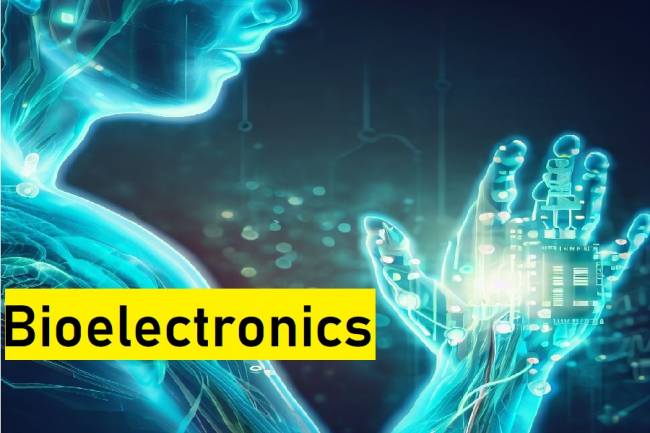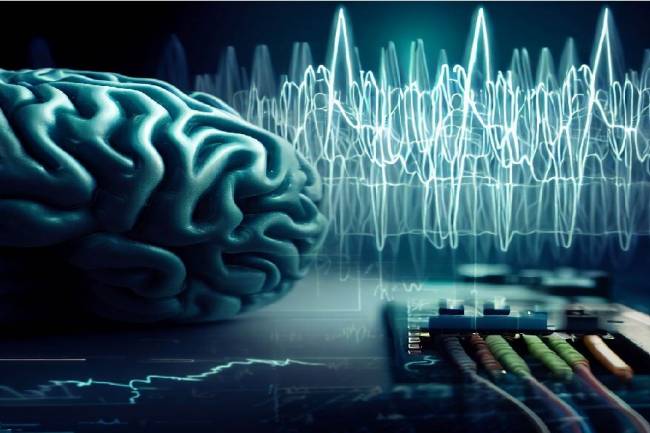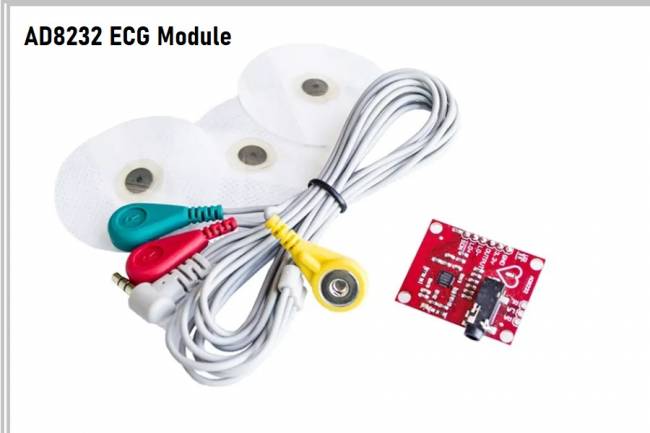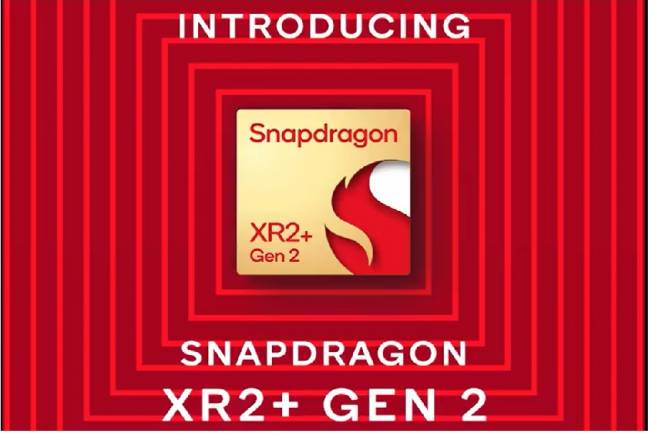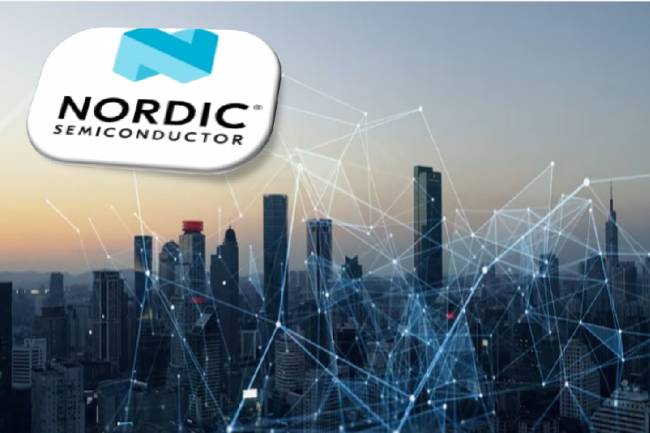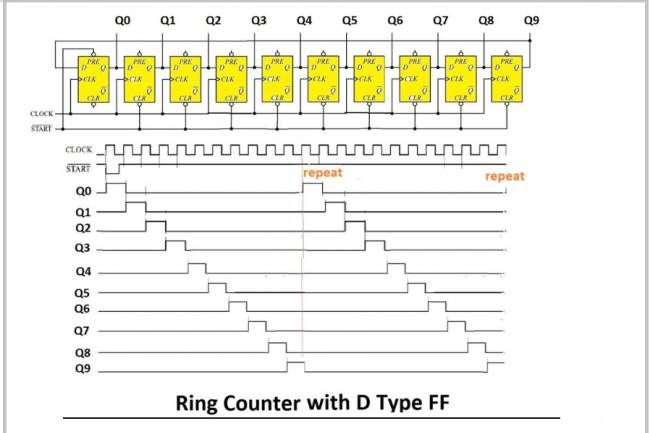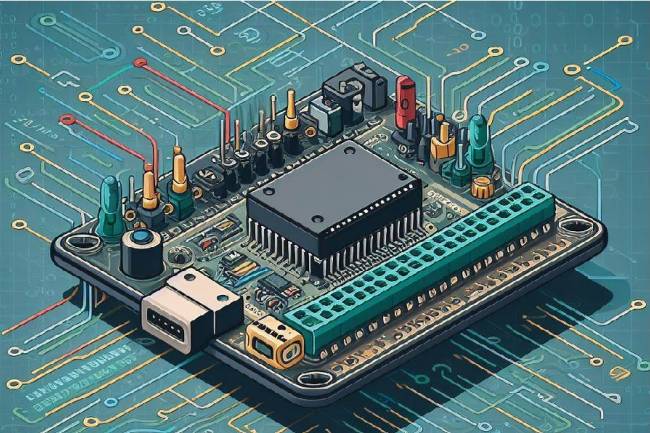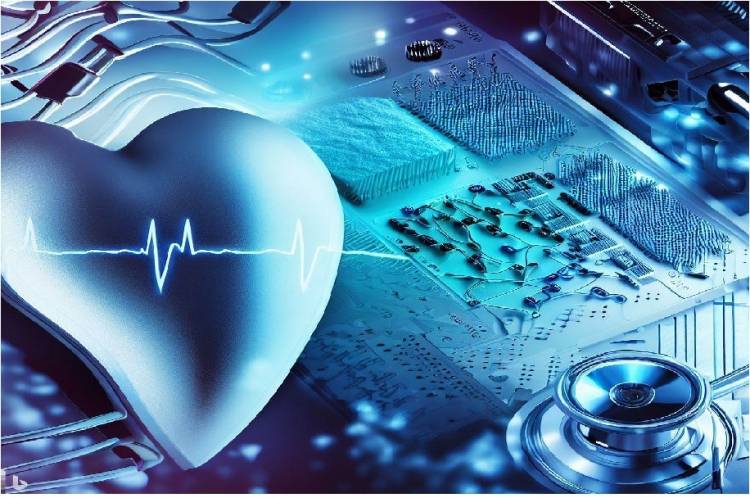
Medical Electronics, Sensors and Nano Technologies
In this article, we wanted to provide information about sensors and nano technologies for those who are interested in Medical Electronics. Medical electronic devices, which were developed with sensor types known for a certain time, moved to another dimension with the development of nano technologies. First, let's take a look at the types of sensors.
Sensors used in medical electronics are used to make various medical measurements and monitor the health status of patients.
Some types of sensors commonly used in medical electronics are:
1. ECG Sensors: Electrocardiography (ECG) is a technique that measures and records the electrical activity of the heart. EKG sensors are used to monitor heartbeats and rhythms.
2. SpO2 Sensors: These are sensors that measure oxygen saturation (how much oxygen the blood is saturated with). These sensors are usually placed on the fingertip or earlobe and are used to monitor oxygen levels.
3. Blood Pressure Sensors: Used to make blood pressure measurements. They come in different types such as mandrels or microdrone.
4. Glucose Sensors: Used to monitor blood glucose levels of diabetic patients. They can measure glucose levels under the skin or by touching a drop of blood.
5. Thermal Sensors: Used to measure body temperature. They can monitor temperature changes by touching areas such as the ear or forehead.
6. Tracking Sensors: Used to monitor movement, activity level and posture. They are especially useful for physical rehabilitation or exercise programs.
7. Electromyography (EMG) Sensors: Used to measure the electrical activity of the muscles. They can be used to diagnose muscle diseases or to monitor rehabilitation.
8. Magnetic Resonance Imaging (MRI) Sensors: It creates images inside the body by detecting magnetic fields. Such sensors are used in MRI scans.
9. Ultrasound Sensors: They are used to obtain images inside the body using high frequency sound waves. It is used in areas such as pregnancy follow-up and internal organ imaging.
10. Infusion and Drug Dosage Sensors: Used to control drug dosage and intravenous infusion.
11. Gas Sensors: Used to measure and monitor respiratory gases (oxygen, carbon dioxide, anesthetic gases, etc.).
12. Electroencephalography (EEG) Sensors: Used to measure and record brain activity. Useful for epilepsy diagnosis and neurological research.
The intersection of medical electronics and Nano Technologies
With the development of medical electronics and medical technology, significant progress has been made in the field of nanotechnology. Nanotechnology products such as nanobots (nanorobots) and nanochips could potentially provide huge benefits in the fields of medical diagnosis, treatment and monitoring.
Nanobots (Nanorobots): Nanobots are miniature robots that measure in nanometers. These robots can be designed to perform micro-level operations within the human body or to transport them to targeted areas. For example, they can take on tasks such as drug delivery, tumor detection and treatment, and unblocking in the circulatory system.
Nano Chips: Nano chips are technologies that are even smaller than microchips and are used for medical diagnosis and monitoring. These chips can speed up the analysis of biological samples and collect and transmit complex medical data. For example, they can be used to perform genetic tests on blood samples or detect disease markers.
Potential uses for nanobots and nanochips in the medical field could be:
1. Targeted Therapy: Nanobots can deliver drugs directly to disease-focused areas. This can provide more effective treatment and reduce side effects.
2. Cancer Treatment: Nanobots can detect and treat tumors. For example, they can do targeted therapy by identifying markers specific to tumor cells.
3. Information Source for Doctors: Nano chips can collect data on patients' bodies in real time and transmit this data to remote monitoring systems. This can be used to continuously monitor the condition of patients.
4. Diagnosis and Imaging: Nano chips can detect diseases or health problems at an early stage, for example, by analyzing blood or urine samples.
5. Neurological Treatment: Nanobots can be used to address problems within the brain or to help treat neurological diseases.
6. Circulatory System Improvement: Nano bots can open vascular occlusions or prevent plaque accumulation.
However, the use of technologies such as nanobots and nanochips in medical applications is still under development and has a number of technical, ethical and safety challenges. Therefore, more research and development on the use and effects of these technologies is required.
